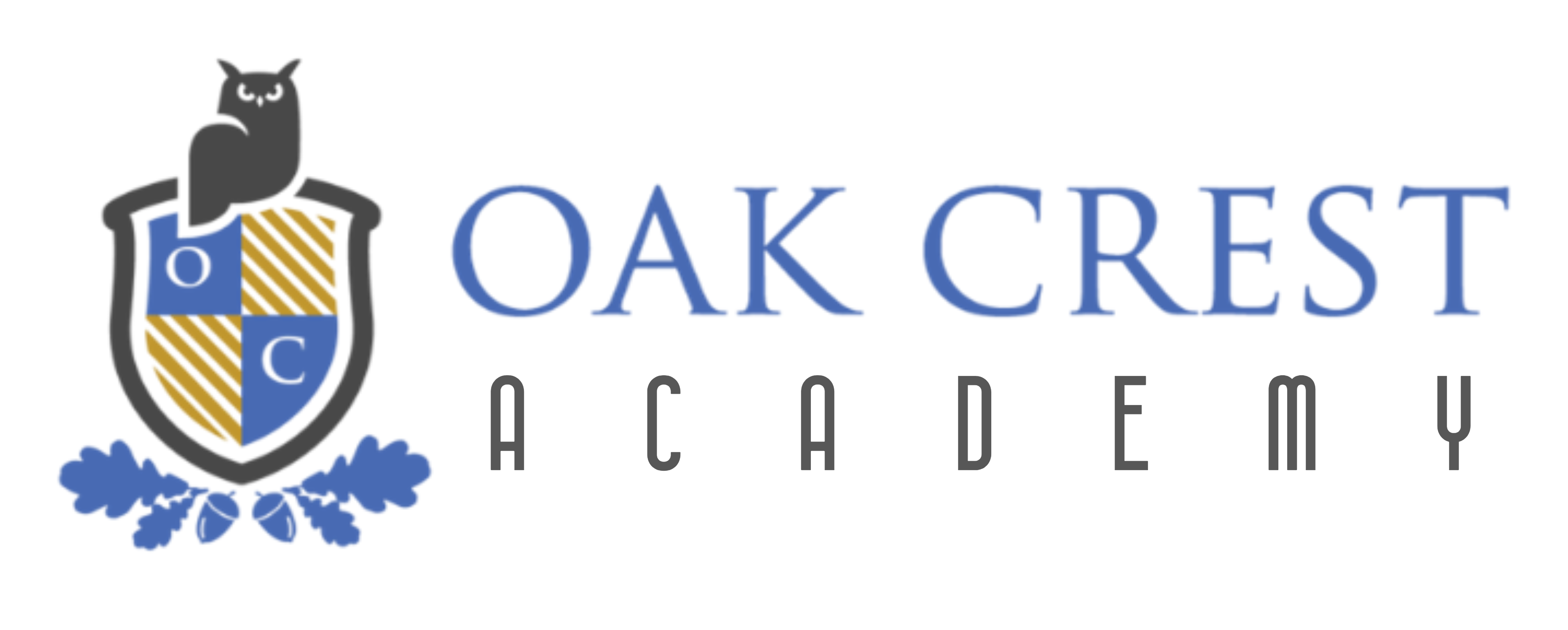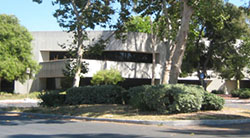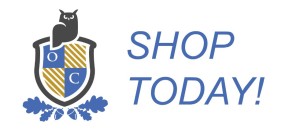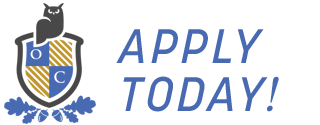
Classrooms today are recognizing that students have individual learning styles – different cultural backgrounds, different languages, different preferences for learning methods, different cognitive strengths and developmental timelines, and different personal challenges.
Teachers in today’s classrooms are faced with their own challenges involving how to accommodate all these differences. How can they optimize each student’s growth and success by meeting the student where he or she is rather than expecting the student to modify their personal learning style to master a set curriculum?
The strategy in place is called differentiated instruction, a practice that uses effective classroom management to promote student engagement through assessment of individual students‘ readiness and grouping students for instruction, using each student’s zone of proximal development.
This zone is described as the distance between what a learner can demonstrate without assistance and what the learner can demonstrate with assistance.
Learning strategies are created for each student, based on these distances and the curriculum, and students are grouped for similar instruction.
Does this work? What are the benefits to students? Schools that have started using this technique give us some early clues to the overall effectiveness of differentiated learning.
Results Are Positive
Recent research in Canada showed that differentiated instruction consistently yielded positive results across a wide range of targeted groups in K-12 classrooms. When differentiated instruction was delivered in small groups or with targeted instruction, students with mild or severe learning disabilities enjoyed more benefits than the general student population.
High-ability students receiving differentiated instruction in heterogeneous classrooms felt that it kept them challenged. These students brought higher levels of prior knowledge to the start of a learning unit. Students given a differentiated curriculum to supplement textbooks and taught in groups demonstrated higher achievement in tests.
The conclusion from this study was that revising and differentiating the curriculum and using purposeful flexible grouping, may significantly improve students’ achievement in mathematics. This might be especially true for gifted students.
IEPs Are Accommodated
Differentiated instruction can benefit all students, from those who are gifted to those with mild or even severe disabilities. Teachers can address some aspects of IEP goals by adapting the curriculum to include visual aids, manipulatives, charts, audiotapes, and computer use as well as enriched curriculum for gifted students.
Another study of elementary and middle school students who used differentiated learning strategies showed that they improved reading skills through flexible grouping, student choice of learning tasks, self-selected reading times, and access to wide variety of texts.
In the studied classrooms, the students improved their attitudes about reading and improved their skills in decoding, phonemics, and comprehension,
Differentiated Instruction Benefits Everyone
Researchers suggest that teachers can differentiate instruction by adjusting content, process, or product in the classroom. Content is what the students learn. Process is how they learn. And product is how they demonstrate knowledge or skills.
As opposed to “one size fits all” classrooms, differentiated instruction classrooms recognize that there are individual differences in prior knowledge, interests, and abilities of learners in every learning situation.
Research also suggests certain guiding principles to be used to support differentiated classroom practices. There should be a focus on essential ideas and skills of any given content area, leaving out less important information.
The teacher should respond to individual differences among students in prior knowledge, learning styles, and levels of interest and engagement.
Students should be grouped by shared interest, topic, or ability, and groups should be kept flexible. Assessments should be ongoing and integrated with instruction.
There should be an effort to continually assess, reflect, and adjust all three areas of content, process, and product to meet the needs of all students.
Differentiation Curriculum Should Include “Do-Overs”
Students are taught a unit, then given assignments, often asked to turn in a report on what they have learned. Usually, this is their one and only chance to show they have mastered the lesson. It is their final draft.
But why? Why can’t this be considered a rough draft? Why can’t the lesson go on with feedback to the learner based on this first submission? If the report is substandard, rather than grade the student immediately, why not provide personalized feedback with suggestions for improving?
“Do-overs” can be a form of differentiated learning. Standards of performance are needed but this strategy recognizes that some students will get it right the first time while others may take more time and more revisions to get it right. But in the end, everyone will get it right, and that’s what’s important.
Typically, this kind of repeated opportunity is seen in English and social studies lessons and classes. The question has been asked, “Why not in science and mathematics?” All students would have a chance to learn at their own pace, and in the end, all students benefit.
Technology Offers an Assist
Differentiated learning is often provided by grouping learners who have the same level of understanding and abilities. Sometimes a higher-level learner is given the opportunity to lead the group. This benefits that student as well as those students who learn from a peer.
The higher-level students can use computer technology to make presentations and use videos and interactive programs to engage other students.
Computer learning games can be used to engage and motivate students. Chatting software and tutoring software can get grouped students involved and interacting.
Many learners are familiar with selfies, using their cellphones. They can also be taught to create video tutorials showing what they have learned. The videos can also be used for the student to review his or her own progress.
Technology-assisted, self-paced learning should be available all year long to all students in as many subject areas as possible. This learning option can be used for students to pursue their passionate interests and develop projects of personal interest.
Differentiated Learning Is Learner-Centric
Differentiated learning is learner-centric with the teacher often learning along with the students. Content is relevant and interesting to each student and involves real-world problems. Each student’s voice is encouraged. The classroom is tolerant and safe with mutual respect and understanding established as basic principles.
While the concept of self-directed learning is a lofty goal, its implementation is difficult for teachers who have to consider all students in a heterogeneous classroom. But teachers are finding ways to do it with flexible, same-level grouping, multi-method media, continual feedback loops, and dedication to meeting students where they are and lifting them to ultimate success.




